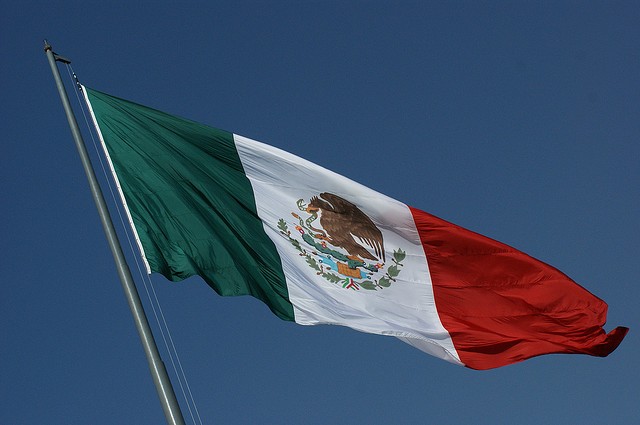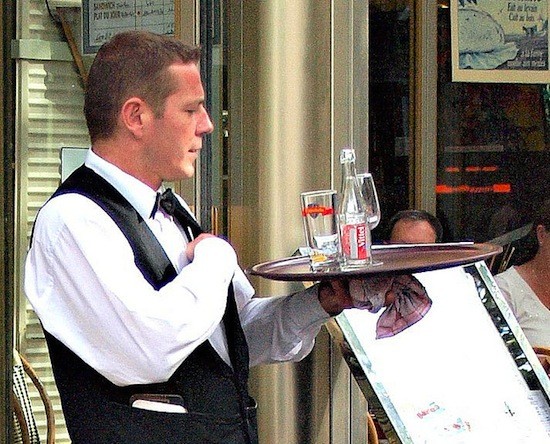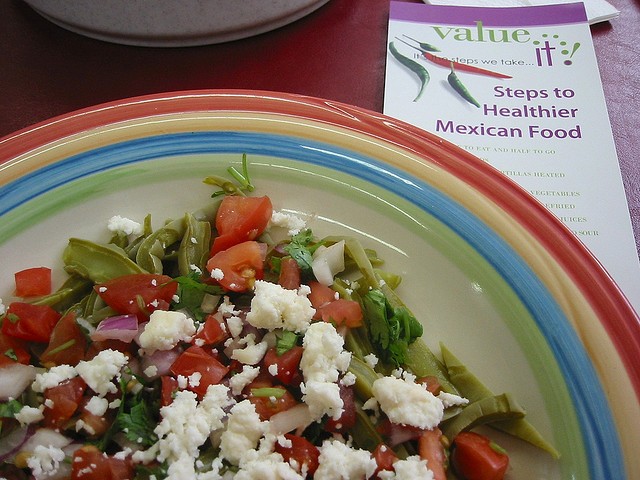
Mexicans are polite. Mexicans are polite to the point at which even the gallant Spaniards stare at the florid turns of phrase common in Mexican society
We Anglos, however, are not. We don't observe conversational niceties, we're far too abrupt and–worst of all to the Mexican sensibility–impatient and demanding. Ours is the culture of immediate gratification; theirs is not.
For proof, one has only to look at a group of norteamericanos ordering food in a Mexican restaurant, regardless of which side of the border it's on. Even if our pinkish skin didn't give us away, our mannerisms would. Here are several ways to bridge the gap; most work just as well in English as in Spanish, though it's considered polite to speak Spanish in Mexico, even badly.
]
1. Greet people when you walk in.
Use buenos días until about 3 p.m., then buenas tardes, and buenas noches after dark. Even if you don't see anyone, call it out anyway–it's a nice polite way of announcing your presence without resorting to pounding on the counter or using one of those awful ring-for-service bells.
2. Excuse yourself when moving past people.
So you need to get to the counter to order your food, but a large party is standing and waiting. Don't just nudge gently; say, “con permiso,” then wait for them to move. If they reply, they'll say, “pase” or, “propio.” Don't forget to thank them!
[
3. Attract your server's attention gently.

“Disculpe”–excuse me–works nicely as an attention-getter. You can also add the appropriate honorific–señor for men, of course, señora for women, and señorita for obviously young women.
4. Don't say, “¿qué?“
It happens to all of us–if you don't catch something in the liquid rush that is Mexican-accented Spanish, don't say, “¿qué?” It's rude. Oh, and the teacher who taught you to say, “¿cómo?” instead was only partially right–Mexicans who are truly bien educados say, “¿mande?” or, “¿mande usted?” instead. (Don't try this in an Argentine restaurant, though–they don't say it.)
5. Use verbs when ordering.
It's tempting–and laudable–to use the correct Spanish pronunciation when ordering from the menu, but if your accent is convincing enough, your server may wonder why you didn't use a complete sentence. Start with me da, me trae or quisiera and end with por favor. Notice these are the informal verb conjugations, and there's a reason for that, but we don't want to start a class war here.
6. Compliment the food.

Food in Mexico isn't usually described as good; it's nearly always rich. “¡Qué rica comida!” “¡Qué ricos tacos!” “¡Qué rico fue el codorniz asado con salsita de granadas y nueces!” Regardless of what it is, every cook wants to know you liked the food.
7. Acknowledge the workers before leaving.
I don't know if there's a Spanish equivalent to the French expression filer à l'anglaise–to take “English” leave–but it means to leave without saying goodbye and thank you. Don't forget; a little “gracias, adiós” can end the evening on a polite note.
Extra credit: Introduce yourself.
If you've truly done your job, the restaurant owner may introduce him- or herself. Give your name, but then tack on one of the florid, chivalrous expressions used in such situations: “David Lieberman, a sus órdenes” or “David Lieberman para servirle.”
Follow Stick a Fork In It on Twitter @ocweeklyfood or on Facebook


My brother has always loved spicy food, so I want to take him to a Mexican restaurant for his birthday next month. Your advice on how to navigate social cues at a Mexican restaurant will be really helpful to us! I’ll make sure to use “disculpe” to get attention from your server gently is very helpful.